How to bulk edit SEO meta descriptions
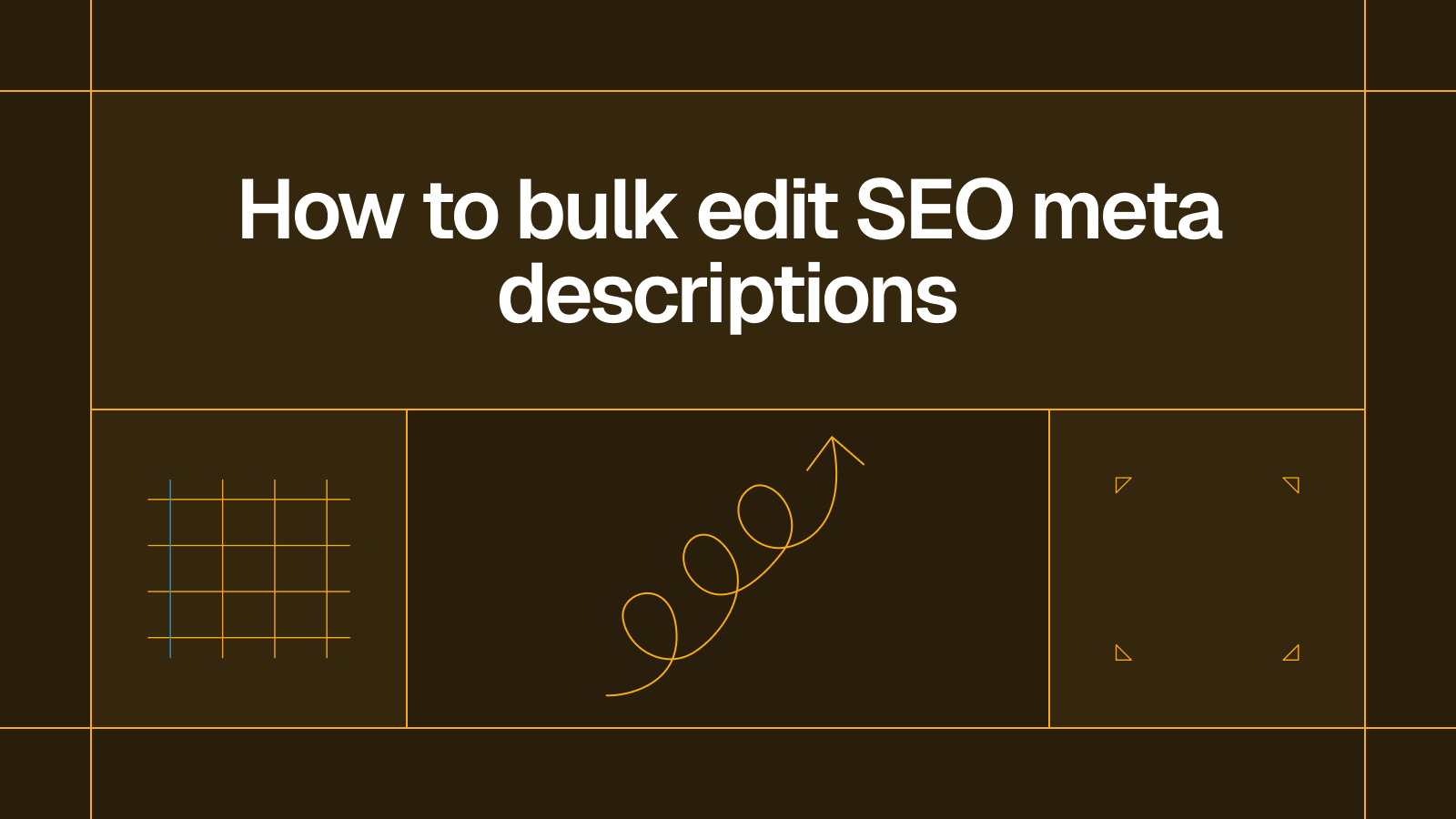
Learn how to bulk edit meta descriptions with the best tools.
How to bulk edit SEO meta descriptions
If you’ve ever managed a blog, e-commerce store, or SaaS website, you know that optimizing hundreds of pages for SEO is no easy feat. Among the most overlooked, yet impactful parts of on-page SEO are your meta descriptions.
A good meta description doesn’t just summarize your content. It’s a reader’s first preview of your content, and you have 160 characters to convince the reader why they should read your content. Meta descriptions are also your content summary cards for LLMs to help your content rank better for AEO.
Bulk editing meta descriptions at scale thoughtfully, can transform your site’s click-through rates and visibility.
N.B: When I talk about meta descriptions, I don’t mean metadata in the CMS or product-schema sense. I’m talking about the short HTML snippets that appear under your page title on Google.
Why meta descriptions matter for SEO
Mets descriptions have a significant impact on SEO. A compelling description improves click-through rate (CTR), and higher CTRs…tbc
The right meta description makes your content more aligned with intent, and more relevant than the competitor above you.
Why meta descriptions matter for AEO (Answer Engine Optimization)
As LLMs evolve, and overtaking search engines as the go-to place for queries, product recommendations, marketers are moving toward Answer Engine Optimization (AEO) as a marketing strategy.
Meta descriptions, structured well, provide clues that help AI summarizers and answer boxes extract context.
AEO favors content that’s:
- Concise and scannable
- Directly answers user intent
- Aligned with structured data and headings
Your meta description often becomes the summary text that answer engines display or paraphrase.
Challenges with writing multiple meta descriptions
If you manage more than 100 pages across blog content, product listings, category pages, manual updates to meta descriptions can become challenging.
Common issues include:
- Missing or duplicate descriptions
- Truncated text (over 160 characters)
- Misaligned content (description doesn’t reflect the page’s topic)
- Inconsistent tone or formatting
- Outdated CTAs or branding
Aside from editing multiple pages being challenging and time consuming, the way how most CMS platforms handle meta editing isn’t the most intuitive. In most cases, you can’t see everything at once. You have to open each page individually, find the meta description rich text field, edit the description, save and repeat.
It’s a tedious, fragmented process that makes it difficult to maintain consistency or spot errors in context, especially as you can’t compare descriptions side by side, check for duplicates, or track how your edits affect tone and structure.
Even small updates turn into hours of clicking in and out of the CMS, and because the description field is often a plain text or rich text box and not a spreadsheet, you don’t get a bird’s-eye view.
How to bulk edit meta descriptions (effectively)
Here’s how to bulk edit meta descriptions effectively:
Audit what you already have
Start by crawling your site with tools like Screaming Frog, Ahrefs Site Audit, or Sitebulb. Export a CSV of all URLs, current meta descriptions, title tags, and word counts.
Then, in your spreadsheet:
- Filter for blank or duplicate descriptions
- Flag overly short (<100 chars) or long (>170 chars) entries
- Note descriptions that don’t match their page topic
This gives you a baseline of what needs fixing.
Choose a bulk editing method
Depending on your CMS setup, there are several ways to handle bulk meta description updates.
Spreadsheet editing and import: Best for a unified view
You can export your site’s SEO data to a CSV, make edits in Google Sheets, and then re-import the file using a compatible plugin or CMS function.
This approach gives you a clear, visual overview of all your pages and makes it easy to track changes. However, you can break formatting, misalign columns, or mismap URLs during re-import, which can cause errors across multiple pages, so pay close attention to your CSV before re-importing.
API: Best for developers
Most CMS platforms, like Webflow, WordPress (via REST API), or Shopify (via the Admin API), allow you to push meta description updates programmatically. This is ideal if you’re managing hundreds or thousands of URLs, but it does require developer setup
Plugin-based bulk editors
If your site runs on a CMS like WordPress or Shopify, plugin-based bulk editors can save hours of manual work. These tools give you an intuitive interface for managing SEO fields directly inside your dashboard, often with spreadsheet-style visibility. You can search, filter, and update meta descriptions across hundreds of pages without touching code or exporting CSVs.
Best tools/plugins for bulk editing meta descriptions
Here are the best tools and plugins for bulk editing meta descriptions.
Yoast SEO: Single view editing inside WordPress
Yoast SEO is one of the most well-known WordPress plugins. Its bulk editor gives you a single, table-style view of all your page titles and meta descriptions, so you don’t need to open each post individually.

You can scroll through, spot missing or outdated descriptions, and make edits directly within the WordPress dashboard.
Rank Math SEO: Structured CSV imports and exports
Rank Math is built for scalability. It supports structured CSV exports and imports, allowing you to bulk edit meta descriptions, titles, and schema data in spreadsheets and re-upload them. This makes it ideal for large content libraries or multi-author sites.

Rank Math’s additional features, including its real-time character counter, keyword density check, and AI-driven content suggestions, help you optimize meta descriptions programmatically.
SmartCrawl Pro: Managing multiple WordPress sites
SmartCrawl Pro is ideal for agencies or teams managing multiple WordPress installations. SmartCrawl Pro provides a centralized approach to managing SEO metadata across multiple sites.
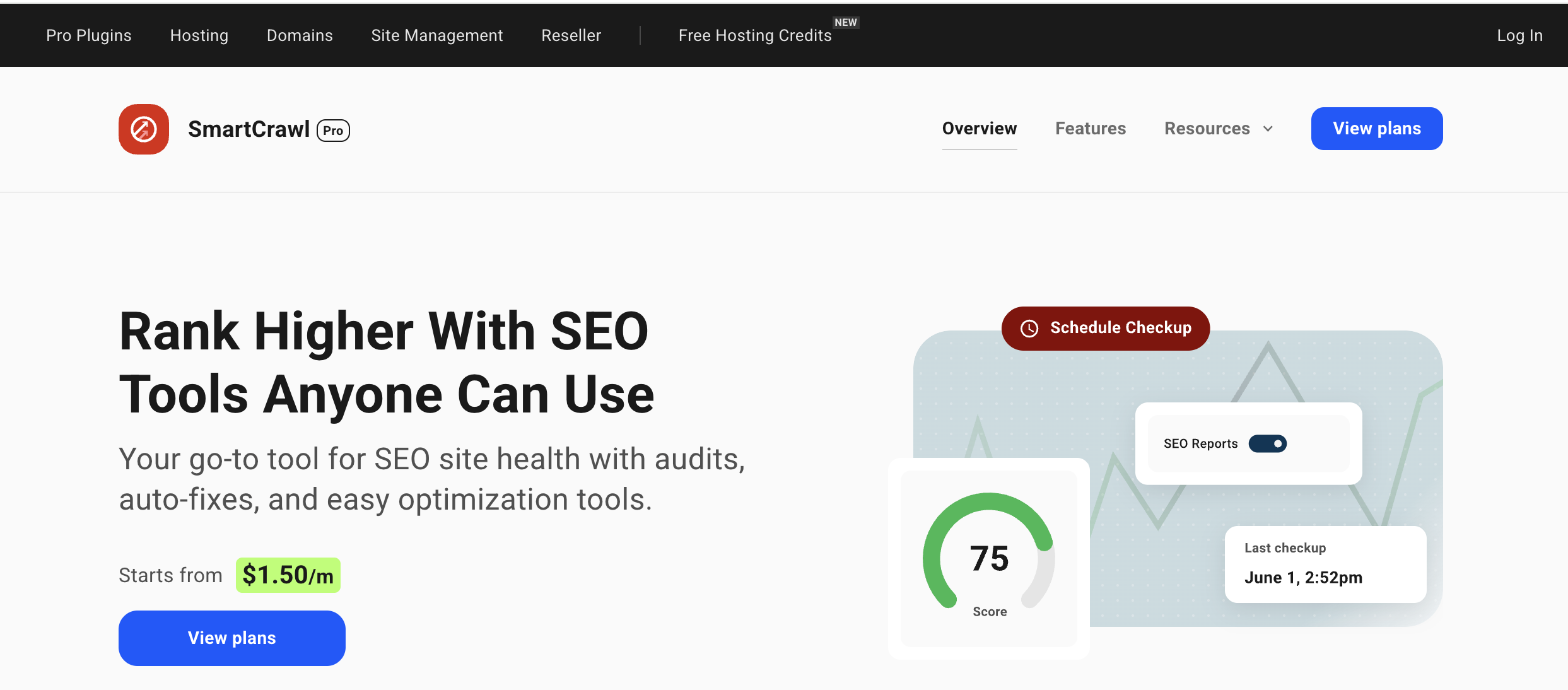
Its sitewide meta editor lets you view, search, and modify descriptions in bulk. You can also automate description generation using custom field rules, saving time when dealing with similar content templates or product categories.
Admin Columns: Customize your WordPress dashboard
Admin Columns is but it’s a powerful customization tool for your WordPress dashboard. You can add SEO-related columns (like meta title, description, or focus keyword) to your post and page views, which transforms your dashboard into a spreadsheet-like interface.
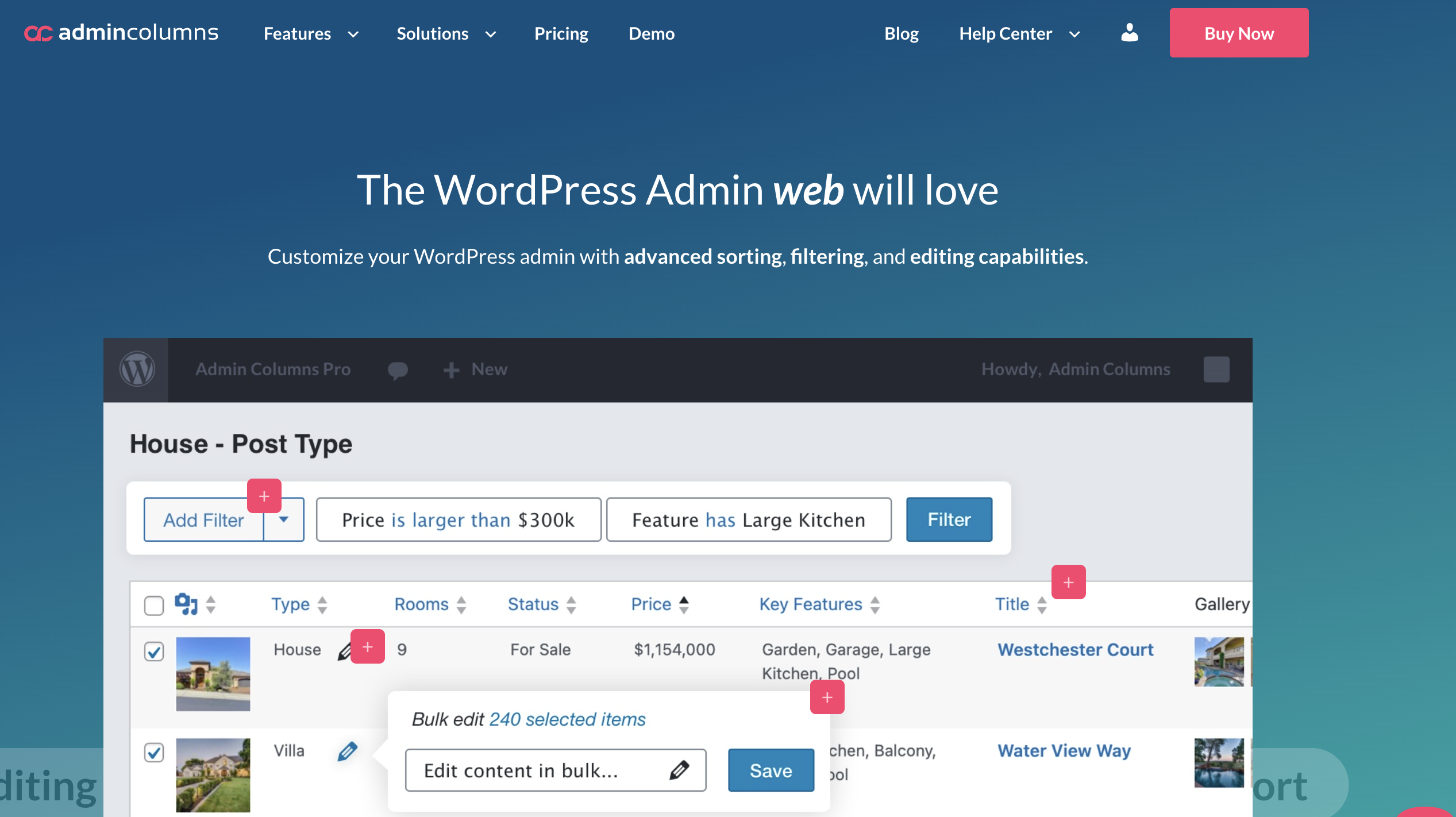
You can also bulk filter, edit, sort, and easily export your newly added columns.
Narrato: AI generated bulk meta descriptions
Narrato automates meta description creation using AI trained on SEO and your brand tone guidelines. Once you upload a list of URLs, page titles, and target keywords, the platform analyzes each page’s context to generate meta descriptions.

Its bulk generation tool allows you to produce hundreds of meta descriptions in one batch, and the review workspace makes it easy for teams to edit or approve outputs before pushing them live. Narrato can be used with most CMS platforms.
Matrixify: Bulk editing for Shopify
Editing SEO fields in Shopify is notoriously tedious. Shopify’s UI forces you to open each product or collection page individually to update titles or meta descriptions.
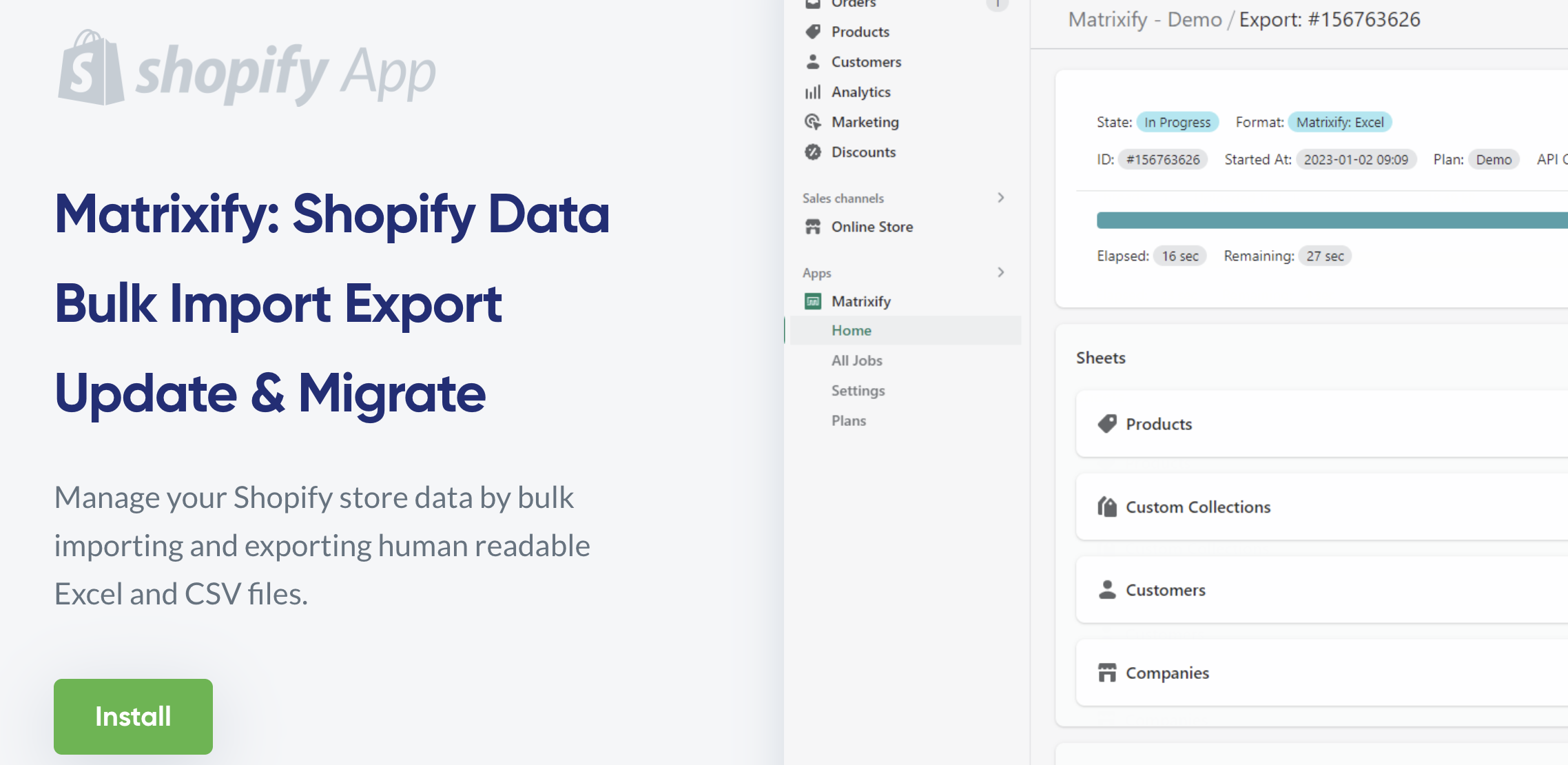
Matrixify exports your entire Shopify catalog — including products, collections, blogs, and pages into a single CSV or Excel file. From there, you can update all your meta titles, descriptions, and even alt text side by side, just like in a spreadsheet. Once your edits are done, you simply re-import the file, and Matrixify automatically maps everything back to the correct pages.
Meta descriptions best practices
A strong meta description should balance clarity and precision. Give the reader an insight into what they can expect from your page content. What do you want users to gain from clicking and reading your content?
Use active, benefit-driven language to inspire action, such as “Shop now,” “Learn more,” “Discover how”. Most importantly, ensure you align your description with search intent.
FAQs
Do meta descriptions affect SEO rankings directly?
Not directly, search engines don’t use meta descriptions as a ranking factor. However, well-written descriptions improve click-through rate (CTR), which sends positive engagement signals that can indirectly influence rankings.
How often should I update my meta descriptions?
Review them every 3–6 months, or whenever you update major sections of your site. Product pages and blog posts that drive conversions benefit from more frequent refreshes to reflect new offers, pricing, or trends.
What happens if a page doesn’t have a meta description?
Google will auto-generate one, usually by pulling a sentence from your page content.
How long should a meta description be?
The ideal length is 140–160 characters on desktop and under 120 characters on mobile. Anything longer risks being truncated in SERPs, which can cut off important information or CTAs.
What’s the best way to bulk edit meta descriptions?
For smaller sites, you can use built-in CMS tools like Yoast SEO or Wix SEO Settings. For large catalogs or dynamic sites, consider using Matrixify (Shopify), Rank Math (WordPress).
Should I use AI tools to write meta descriptions?
Yes, but with human oversight. Tools like Narrato can generate hundreds of descriptions quickly, but you’ll still need to review them for brand consistency, factual accuracy, and tone. AI is best used for scale and not as a full replacement for strategy.
Easily bulk edit meta descriptions at scale. Explore top tools like Yoast, Rank Math, Matrixify, and Whalesync to optimize SEO fields, improve CTR, and maintain consistent metadata across your site.
Subscribe for more
Stay up to date with the latest no-code data news, strategies, and insights sent straight to your inbox!
Thank you for subscribing!
Related posts
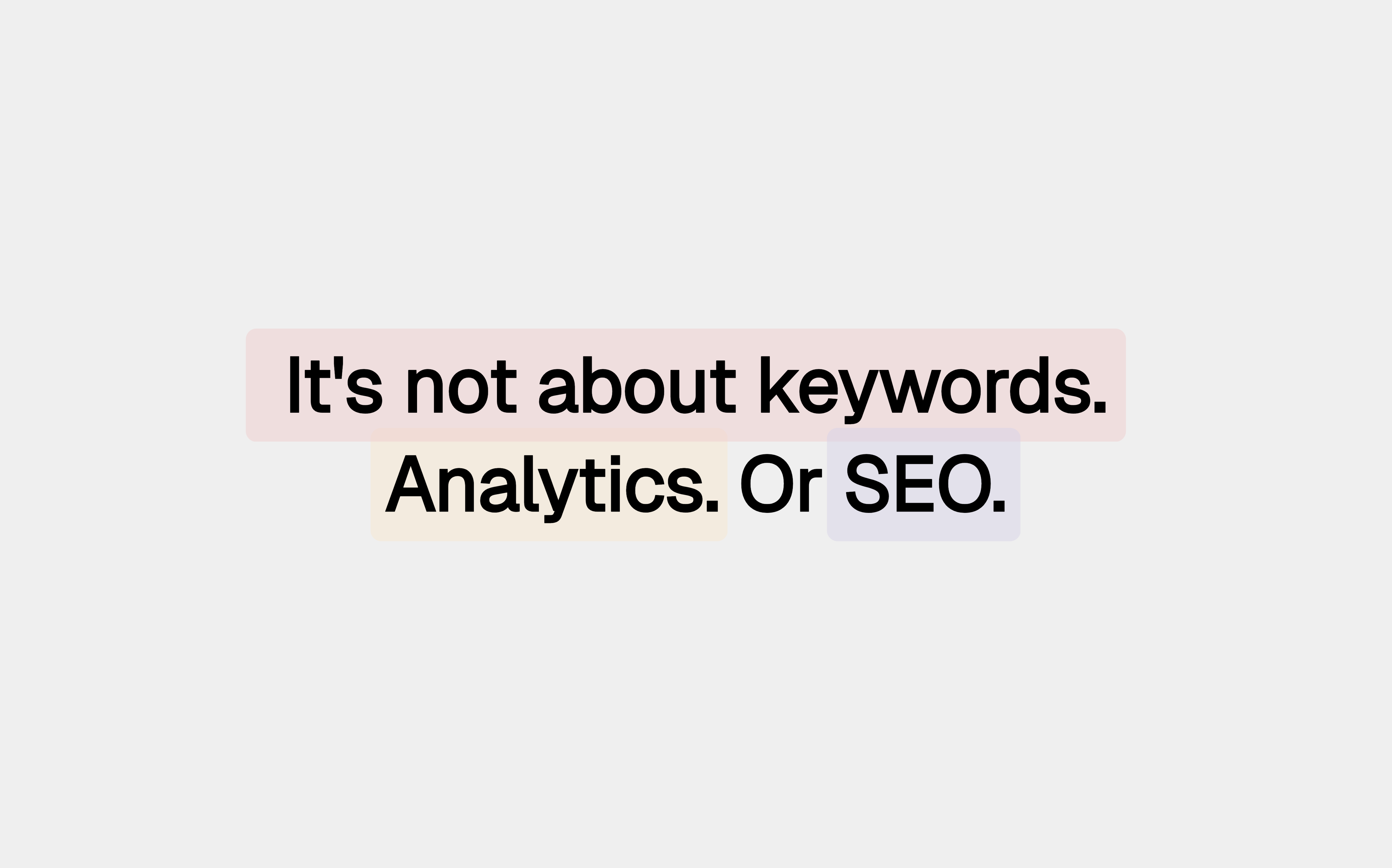



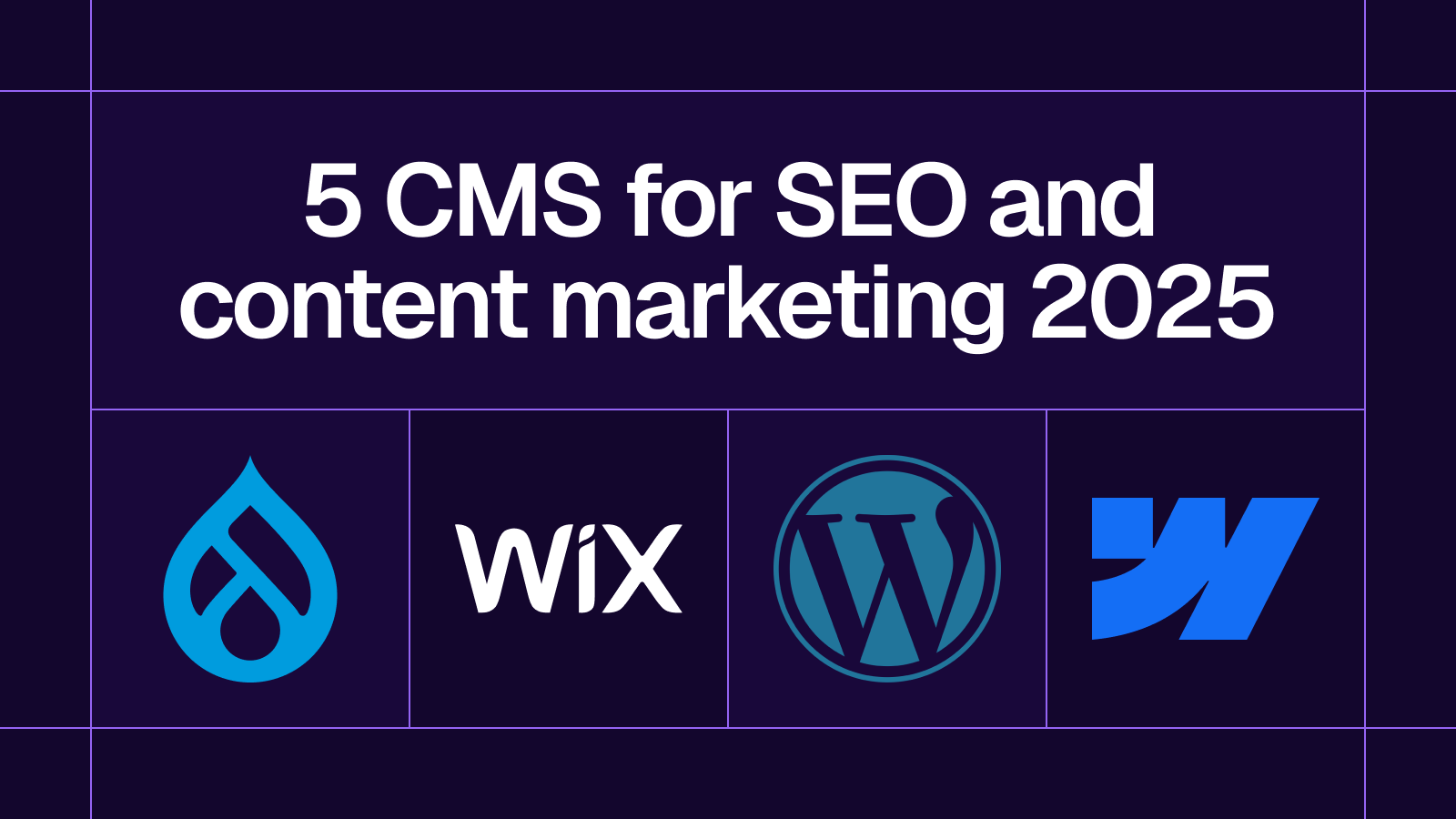

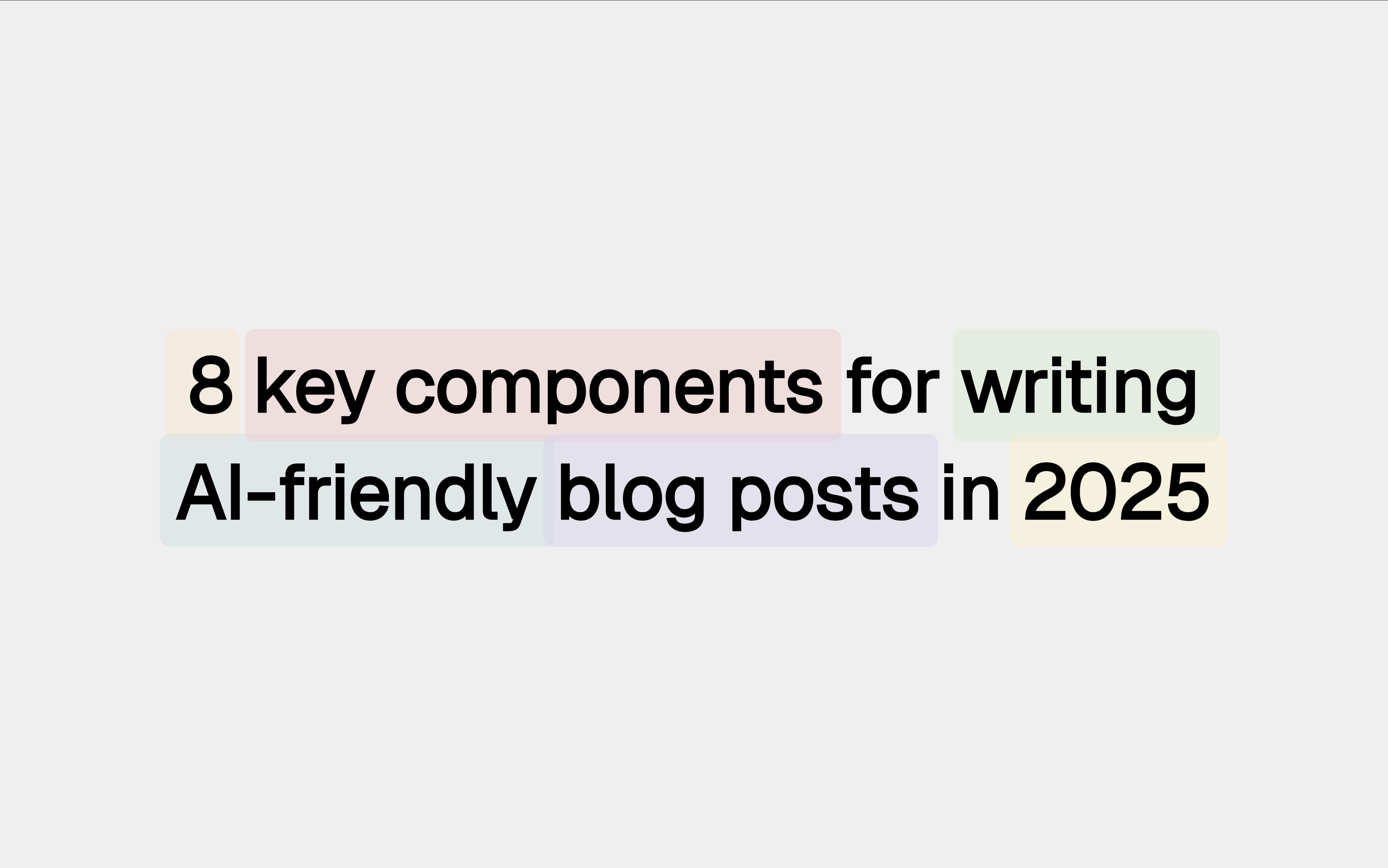





.svg)




.svg)


